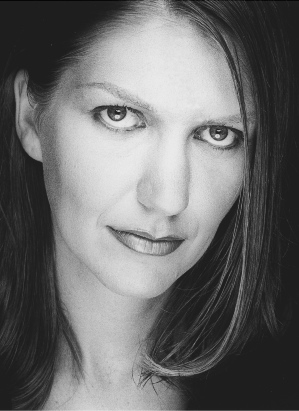|
A
statement from the New York Symphonic Jazz Orchestra's musical director
Sonia Jacobsen:
I
have for many years wanted to start an orchestra where a big band is
mixed with a string orchestra and all the musicians including all the
string players are experienced jazz musicians. I have been building
repertoire over the years comprised of both my own works and those from
other composers. I am thrilled that we have received tremendous
interest from composers worldwide (Australia, Germany, Finland,
Denmark, England, Holland, Venezuela, the US...); from string players
from the growing improvising string community in NY; as well as from
musicians of instruments typically associated with big bands. Many of
the participants are of world-class stature, and all, including the
composers, are donating their services to help get this project off the
ground.
Another
way of thinking about the instrumentation is to take a symphony
orchestra and replace the woodwinds and brass with those of a jazz
orchestra (with various doubles on flutes, clarinets, and double
reeds). The percussion section includes classical percussion, ethnic
percussion, mallet percussion and drum set. The similarity of the
instrumentation with a symphony orchestra makes it easy for the
compositions to be adapted to classical orchestras. However, the
biggest difference is in the experience of the musicians and their
understanding of rhythm – a subject that all of the composers involved,
who also have worked with classical orchestras, have brought up. It is
no secret that the typical education of a classical musician is
severely lacking in rhythmic training.
|

|
Even
though the boundaries between the styles are blurred, we believe we
have already developed a stylistic identity. We have observed many
attempts in bridging major styles fall between the gaps by merely being
juxtapositions of flavors or simply watered down (or even cheesy)
attempts to please everyone - and thereby pleasing nobody. Encouraging
and selecting repertoire that is a true melting pot of different
influences helps us define our aesthetic identity. Accessible but with
substance, and with a strong rhythmic component are some of the
attributes that describe our direction and vision.
As a jazz composer,
opportunities
are mostly limited to writing for standard big band or for a small
ensemble led by the composer. If one should desire to write for any
non-standard instrumentation or for a larger orchestra including
strings, there are classical orchestras, who on occasion might venture
into playing something influenced by jazz. These orchestras are filled
with classically trained musicians who most often do not have the
skills and understanding to play the music with, in particular, the
right rhythmic feel and with improvisational elements. Although they
might be genuinely interested, precious little rehearsal time often
gets turned into workshops instead of working on the piece.
The big band medium is
fine, but
it is a tired sound in my view. I have since my ‘composer infancy’
desired to include strings in my writing. My music has influences from
other than classical and jazz styles also. For example you can find
rhythmical elements derived from funk music as well as from diverse
ethnic/folk traditions.
Sonia Jacobsen
|
|